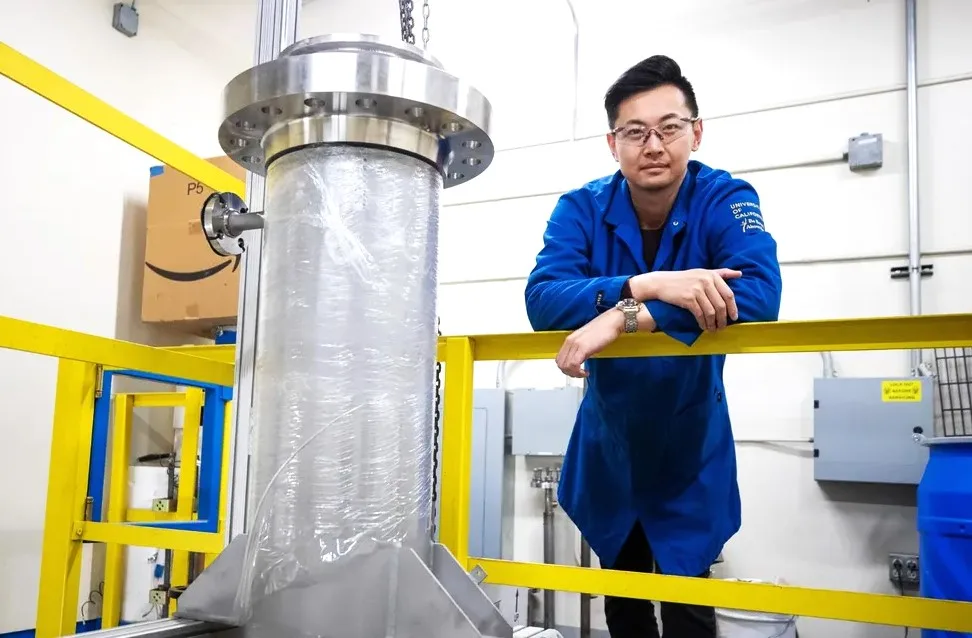Energy-Efficient and Eco-Friendly Biofuels: The Potential of CELF Technology
Biofuels are a viable substitute for petroleum in the search for environmentally friendly and sustainable energy sources. But production’s high cost and negative environmental effects have frequently proven to be obstacles. Presenting CELF, or Co-solvent Enhanced Lignocellulosic Fractionation, a novel pretreatment technique for biomass that promises to transform the biofuel business by making it more affordable and environmentally friendly.

What is CELF?
CELF uses a combination of tetrahydrofuran (THF), water, and dilute sulfuric acid to break down lignocellulosic biomass into its major components more efficiently and eco-friendly than traditional methods. This innovative approach significantly improves the yield of sugars for fermentation into biofuels and chemicals such as furfural, 5-hydroxymethylfurfural, and levulinic acid. By enhancing the lignin extraction capabilities, CELF simplifies the conversion of complex plant matter into usable fuel.
The Benefits of CELF Technology
The most significant advantage of CELF is its potential to make biofuels more cost-effective than petroleum. The technology achieves high yields of fermentable sugars and other valuable chemicals at lower costs by eliminating the need for separate enzyme production. This is possible through a process called consolidated bioprocessing (CBP), where anaerobic organisms combine enzyme production and fermentation, dramatically reducing process costs.
Moreover, CELF is environmentally friendly. It uses renewable, water-miscible THF, reducing the reliance on non-renewable resources. The process also minimizes the environmental footprint of biofuel production by using less energy and producing fewer waste products.
A Step Forward in Biomass Conversion
Lignocellulosic biomass, such as hardwood poplar, is a renewable resource that has the potential to significantly reduce our dependence on petroleum. However, its conversion into biofuels has been challenging due to its complex and robust nature. CELF technology addresses this challenge head-on. By employing THF in solution with aqueous dilute acid, CELF efficiently fractionates biomass, making the solids produced highly amenable to saccharification, even at low process severities.
Research has shown that the CELF-CBP combination can achieve nearly 100% glucan solubilization, eliminating the need for external enzymes. This synergy between CELF and CBP not only simplifies the biomass conversion process but also enhances the sustainability of biofuel production.
Beyond Biofuels: The Versatility of CELF Technology
The implications of CELF technology extend beyond biofuel production. The process has been optimized for renewable ester biosynthesis, pulping of industrial hemp for fuel and construction materials, and even the production of absorbents for toxic dyes from aminated lignin. These applications demonstrate the versatility and potential of CELF technology in utilizing recalcitrant biomass for a wide range of renewable fuels and bioproducts.
CELF technology represents a significant leap forward in making biofuels a viable and sustainable alternative to petroleum. By improving the efficiency and environmental impact of biofuel production, CELF not only supports the transition to renewable energy sources but also opens up new possibilities for the utilization of biomass. As we continue to explore and optimize this technology, the future of biofuels looks brighter and greener than ever.
